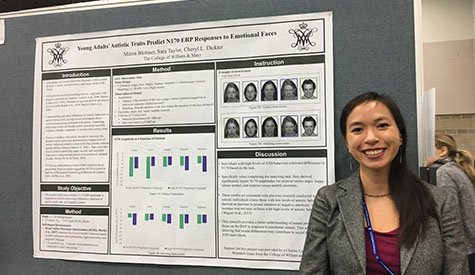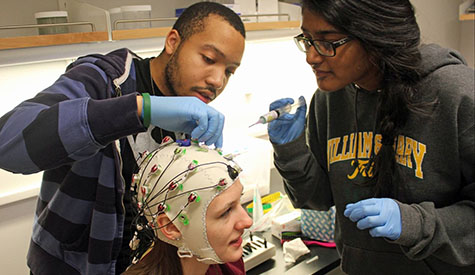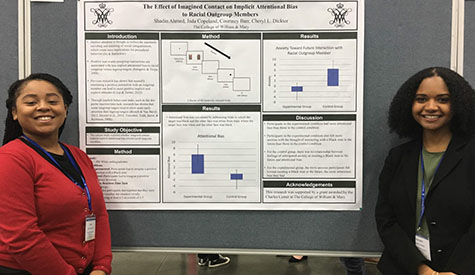Psychological Sciences Diversity Statement
The Department of Psychological Sciences at William & 玛丽 values inclusiveness in our work, academic, and research settings. We are committed to an environment that fosters, cultivates, and supports the diversity of our faculty, staff, and students as we feel that inclusiveness is necessary to attain our goals for academic and research excellence. Our recognition of the diversity within our faculty, staff, undergraduate students, and graduate students requires us to create, nurture, advocate for, and sustain an environment in which each individual can achieve success. We expect and will uphold expectations for respectful communication, support for self-expression, and cooperation among all members of our department and provide support for all members of our community.
We embrace how a diverse faculty, staff, and student body, along with our inclusive curriculum and research programs, allow us to foster learning, creativity, and inventiveness in classroom and research settings and to enhance goals for excellence in our department. We promote access to learning and research environments that reflect inclusion. Together we actively work to maintain a safe, nurturing community that is aware of and respectful of our differences, that treats all members with dignity and respect, and that understands that we share common goals for the success of all faculty, staff, and students.
Th
All members of our department work together to ensure that harassing or other counterproductive conduct is addressed immediately, that support is provided for those who experience such barriers to their success, that we advocate for the well-being of all of our members on an ongoing basis, and that all members of our department’s community are aware of reporting/complaint avenues and obligations. Violations of these expectations will be addressed promptly and will involve, as appropriate, discussions with department and university administration, human resources, and/or honor council members to determine appropriate responses and sanctions.



















